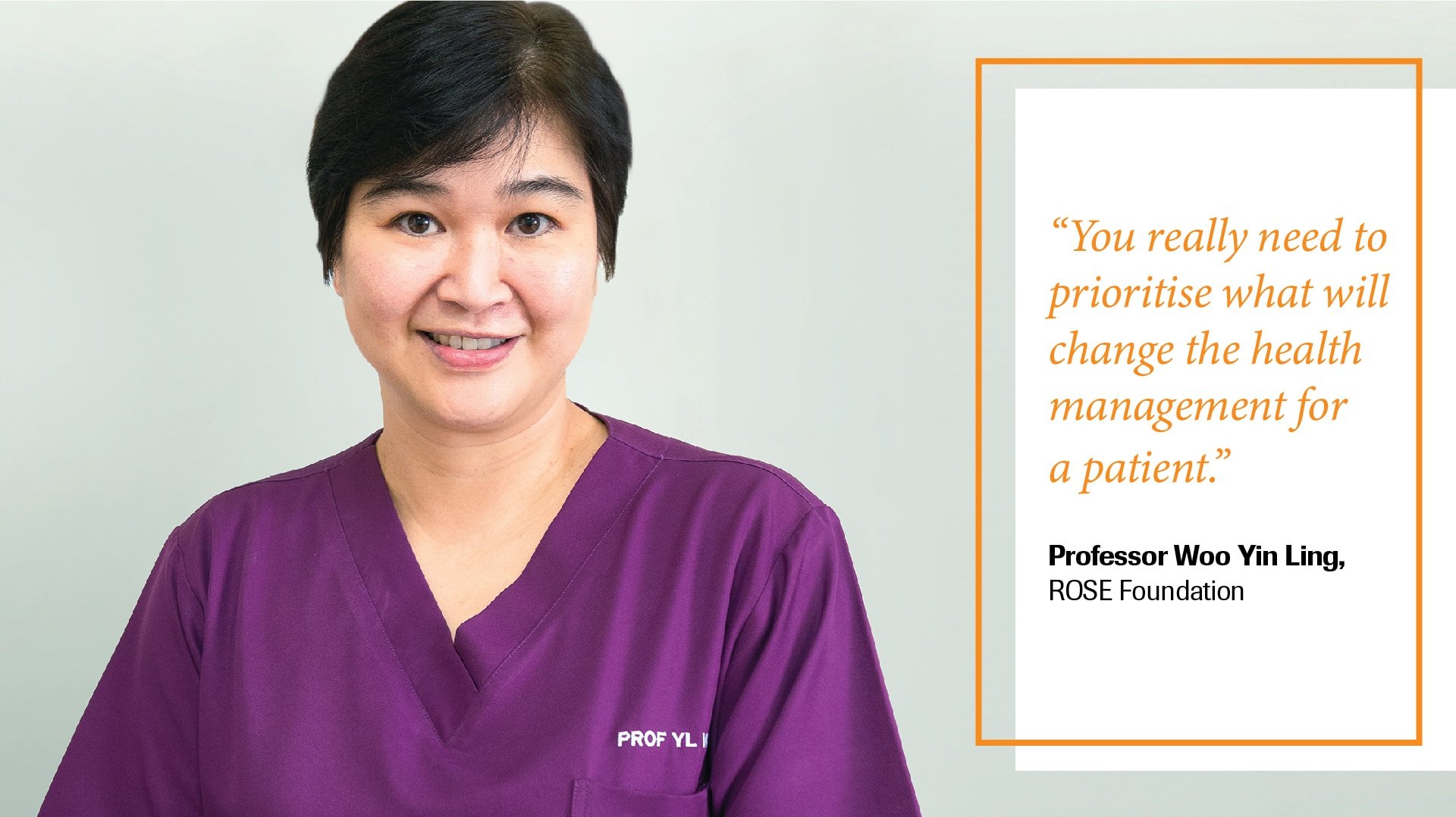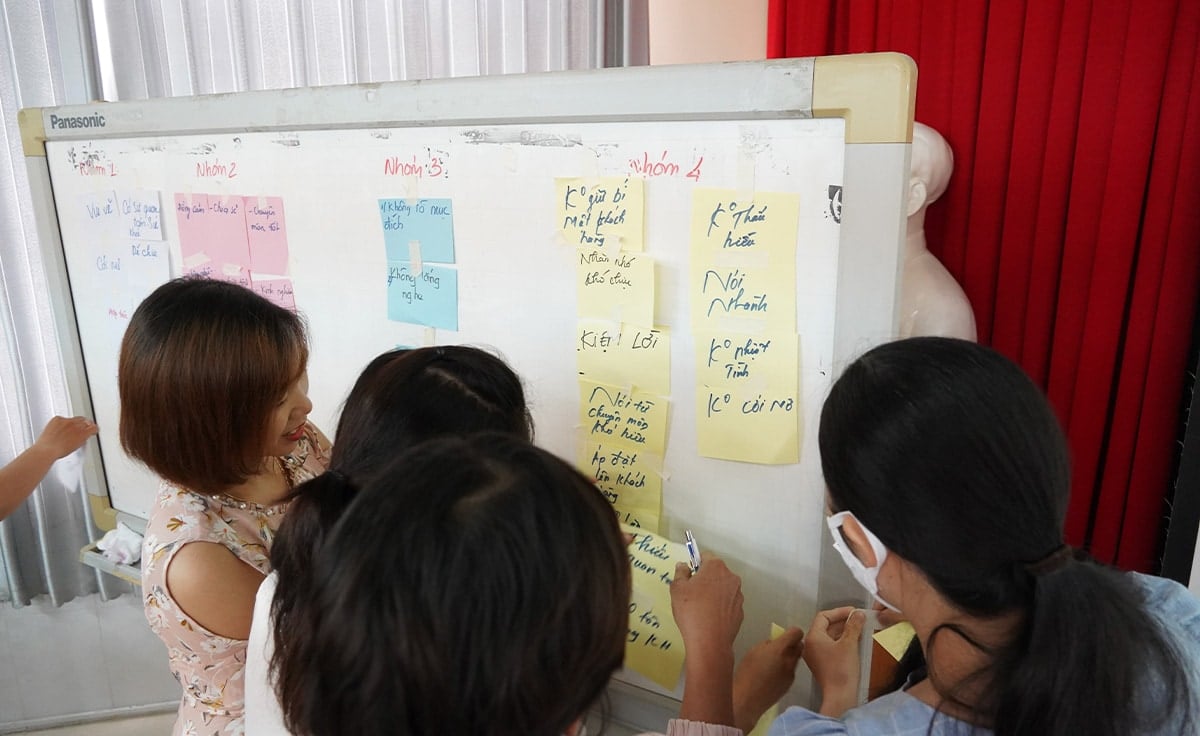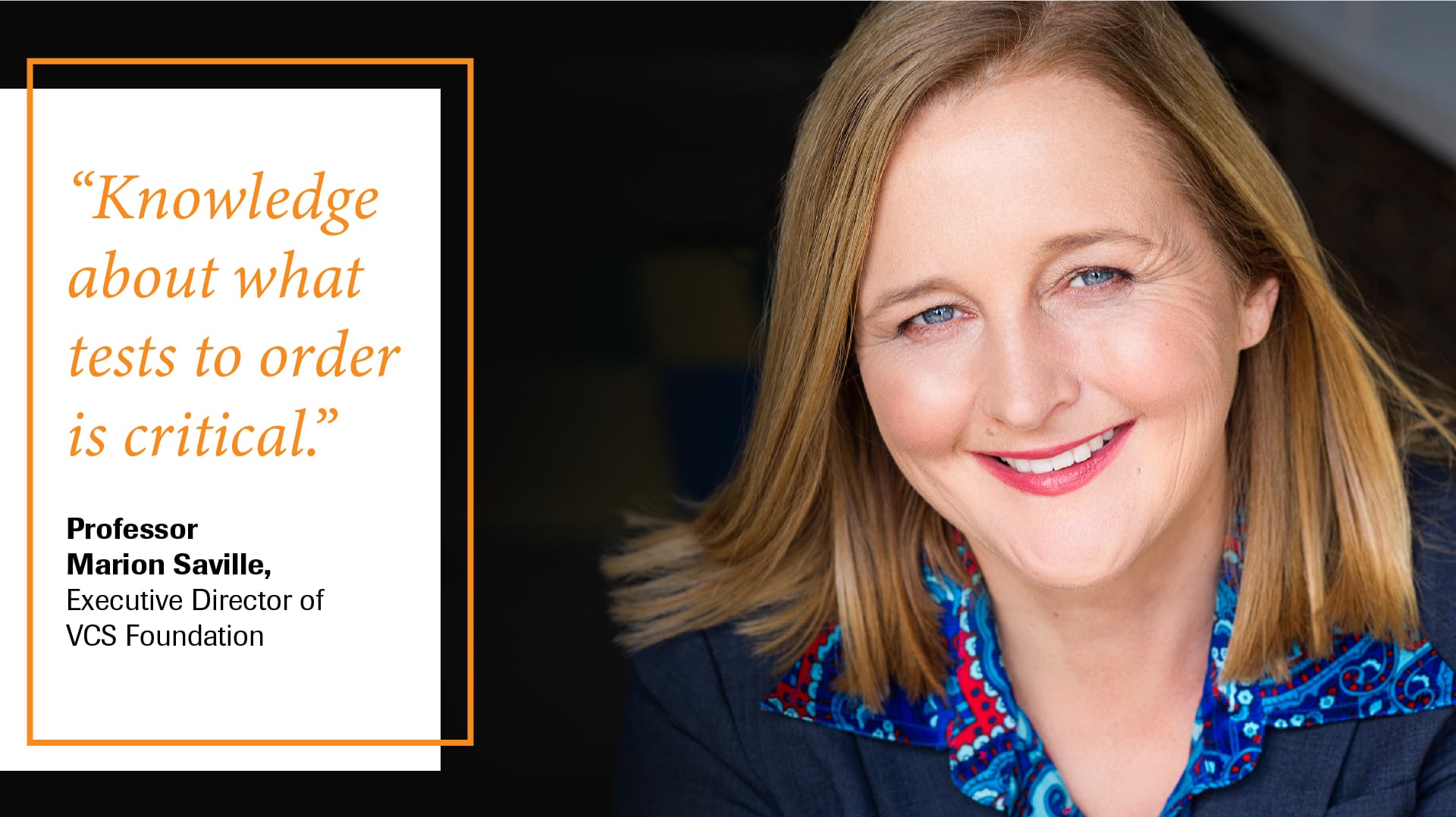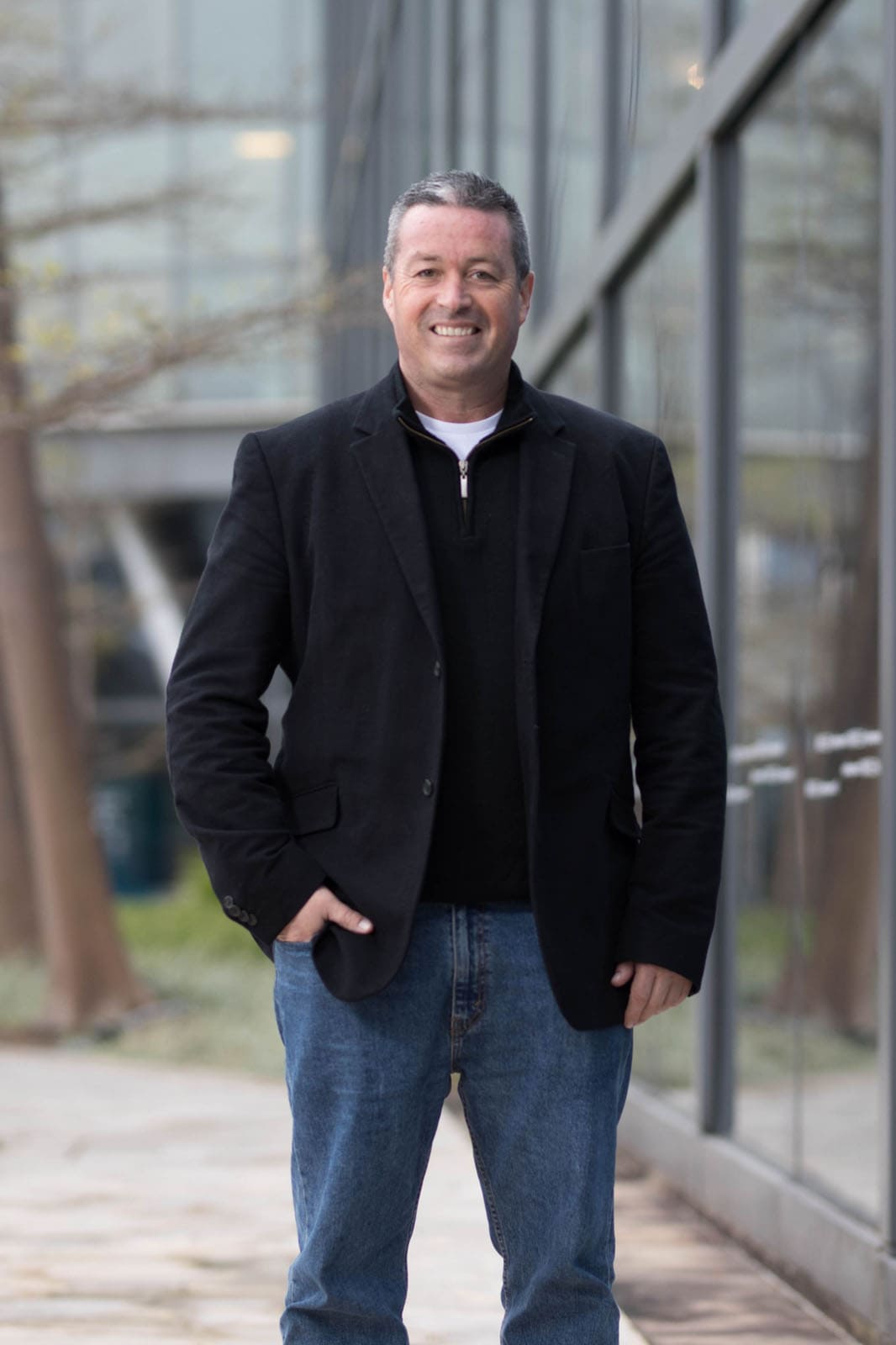In the face of rising healthcare costs, clinicians are stepping up to improve health and financial outcomes for patients with evidence-based interventions.
The rising cost of healthcare1 is a topic of global concern. Compounded by factors such as ageing populations and growing demand for care, many countries were grappling with increasing healthcare costs2 even before the pandemic happened. This has a cripplingly adverse impact on society. The World Bank and World Health Organization (WHO) estimates3 that hundreds of millions struggle to meet healthcare costs around the world.
WHO argues that countries must offer universal health coverage (UHC)4 to help individuals receive the care they need without financial hardship. That will take time. In the face of such problems, some clinicians are stepping up and taking matters into their own hands. One way that they are doing so is through evidence-based health interventions.
That’s where change-makers like Professor Woo Yin Ling come in.

Building a Rosier Future
“You really need to prioritise what will change the health management for a patient. When you order a multitude of tests, ask yourself: does this work?” says Professor Woo, who teaches obstetrics and gynaecology at the University of Malaya. The wrong test not only wastes resources, but also adds expenses for patients, she says.
Professor Woo heads Program ROSE5 (Removing Obstacles to cervical ScrEening), established by ROSE Foundation, a joint venture between the University of Malaya and Australia-based not-for-profit organisation VCS Foundation. Its goal: to eliminate cervical cancer in Malaysia. Despite being a preventable disease,6 cervical cancer remains one of the top three most common types of cancer7 among women in the country. This is due to factors ranging from patients’ lack of awareness8 to the poor sensitivity of Pap smears, the default screening method in Malaysia.
Program ROSE’s solution is to empower patients by increasing accessibility and providing them with localised solutions. It adopted a novel approach to cervical screening, integrating self-sampling, HPV (Human Papillomavirus) screening and digital health platforms to meet the healthcare needs of local women.
To date, the programme has successfully screened over 10,000 patients in Malaysia. The journey was not always a rosy one, shares Professor Woo. She cites her personal experience with choosing the right type of screening method. At the start of the programme, Professor Woo was faced with hundreds of different HPV tests in the market. “I didn’t know what was useful and what wasn’t,” she admits. It was only through extensive research and collaboration with partners, including VCS Foundation, that she managed to select the best option.
Yet this approach towards diagnostics helps clinicians. “Healthcare professionals need to have that desire to learn and to provide better care,” Professor Woo says. “Prioritising diagnostics for a particular condition is extremely important.”

A Path to Eliminate Cervical Cancer
It is this same desire to innovate that drives Professor Marion Saville, Executive Director of VCS Foundation.9 She played a pivotal role in the roll-out of the COMPASS Trial in Australia, the first clinical trial in the world to test new cervical screening programmes in an HPV-vaccinated population. Data from the trial informs cervical screening in Australia, set to become the first country in the world10 to eliminate cervical cancer effectively. Already, Australia has transitioned its National Cervical Screening Program11 from two-yearly Pap smears to more effective five-yearly HPV tests.12
“Knowledge about what tests to order is critical,” says Professor Saville. For example, in the case of HPV screening, she notes that the duration between tests increased, but the overall cost was still lower than Pap smears, thanks to new advances in technology.
An analysis by Professor Saville’s Australian colleague, Professor Karen Canfell and team,13 found that the annual cost of Pap smears on a vaccinated cohort amounts to AUD192 million, compared to AUD 142 million for HPV screening. The incidence of cervical cancer would also fall by 24 percent with HPV screening.14
With the same goal in mind, Professors Saville and Woo work closely together to improve health and society outcomes. “We’re motivated by the fact that this is a cancer that affects women in the prime of their life, where they’re important to their families and communities,” shares Professor Saville.
She adds, “The impact I’d like to see is we not only reduce the incidence of cancer but also reduce the stage at which they’re presenting, so they can be effectively treated.”
That impact is already visible through Program ROSE. So far, it has detected four incidents of cervical cancer in patients, one of which was in stage one. The early diagnoses enabled clinicians to treat them effectively. “It’s these stories that make Program ROSE what we want to champion,” Professor Woo says.
The Need to Build Trust
Such positive outcomes beg the question: why aren’t more clinicians using HPV testing instead of the age-old Pap smear? Change is always hard, explains Professor Woo, especially for doctors accustomed to offering Pap smears. She likens this to the example of cashless technologies, which received slow uptake at the start. “Trust in something new takes time to establish,” she says.
To build trust, clinicians must stay updated on new approaches and assess the evidence available. This enables them to provide the proper care for each patient, Professor Woo adds. “When the clinician is confident, the patient will be confident with the test.”
That said, the whole healthcare ecosystem — from policymakers to healthcare providers — must come together to find a cure for rising healthcare costs. In Australia, Prof Saville shares that the government played a vital role in the fight against cervical cancer. “The Australian government has had a long commitment to cervical screening. Our health policy decisions are rooted in the evidence and have been for decades now.”

A Mantra for Success
As new technologies and policies emerge, Professor Woo hopes that she will leverage new tools to work towards eliminating other types of cancer. Meanwhile, she is guided by her mantra: “Treat every patient how you want your family member to be treated.”
By putting themselves in their patients’ shoes, healthcare professionals will better understand what can be done to improve how care is delivered. Then, she says, “The solutions will come easy.”
Read more about healthcare’s challenges in the shadow of COVID-19 in our in-depth issue.
*The information contained in this article was extracted from Edition 2021, Vol 10.






